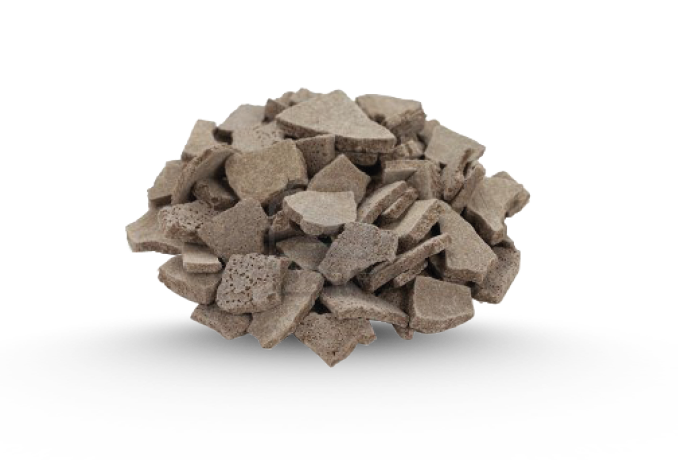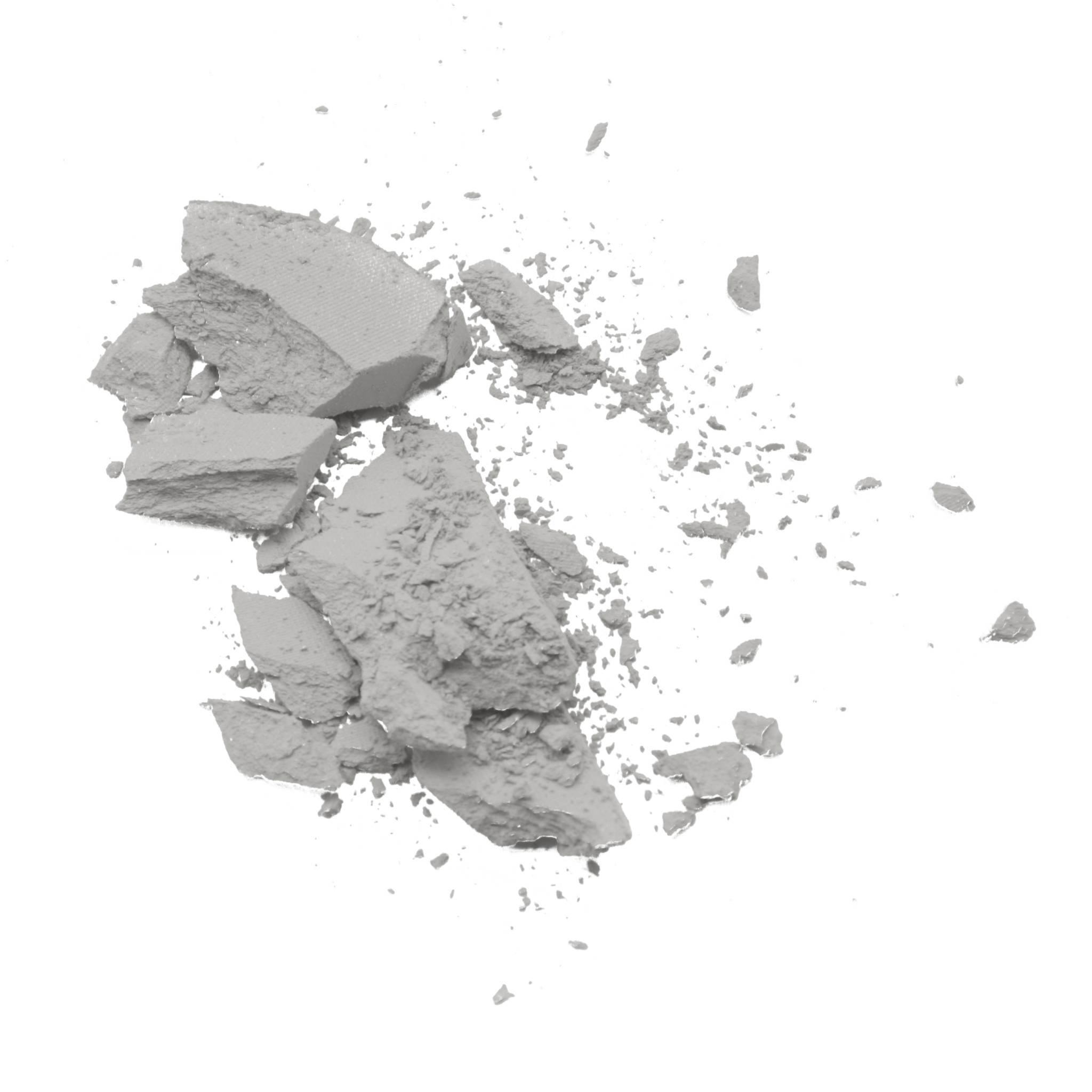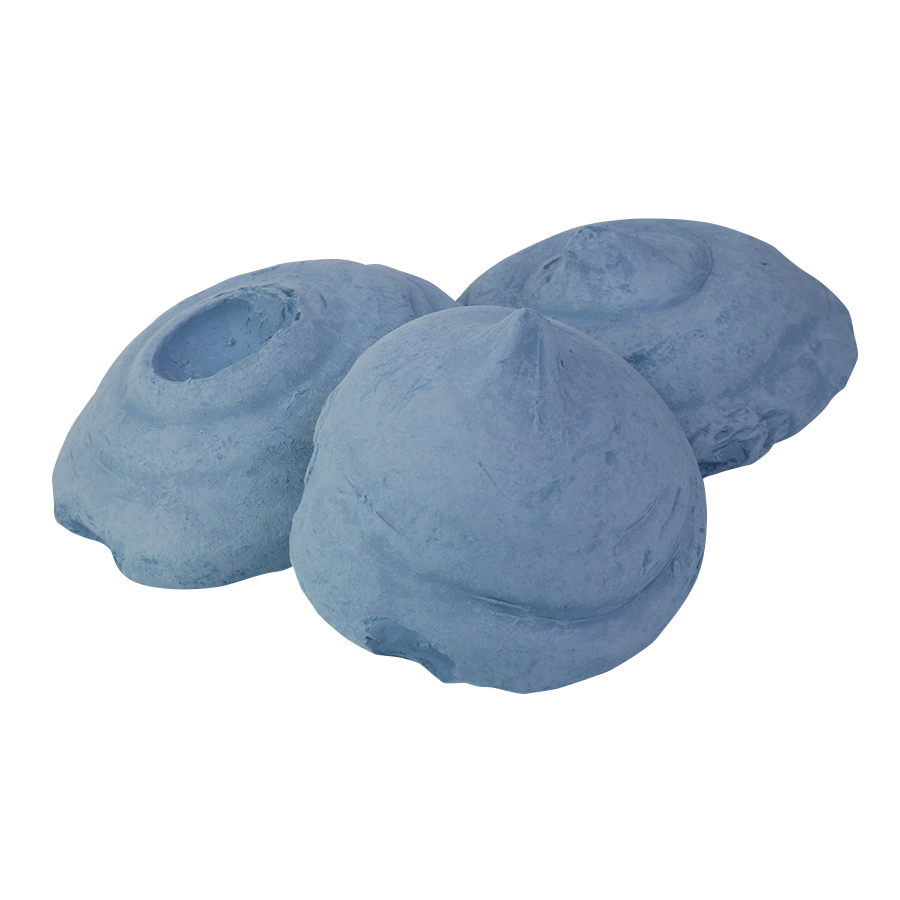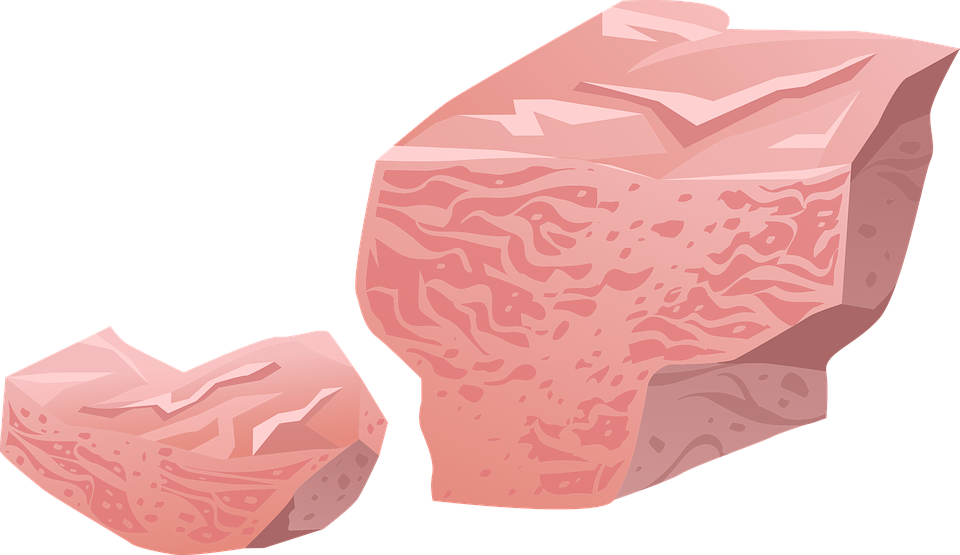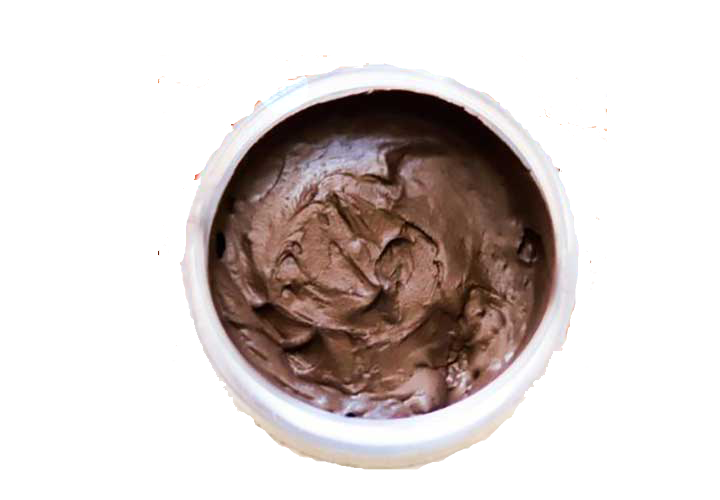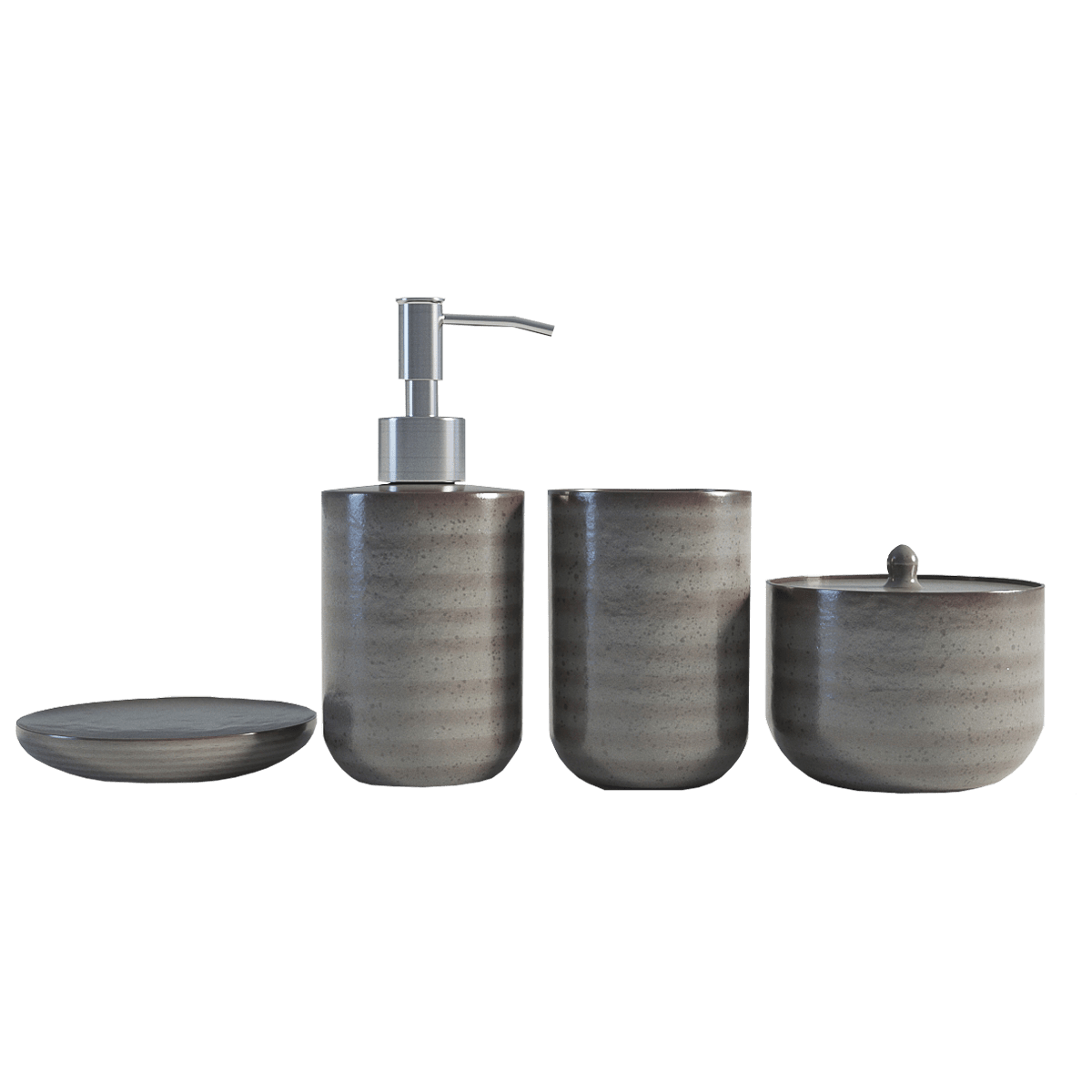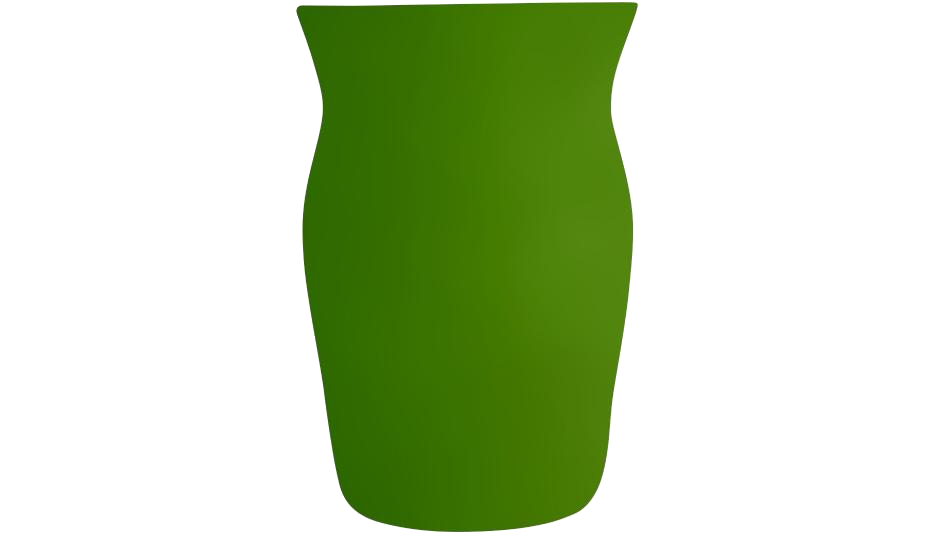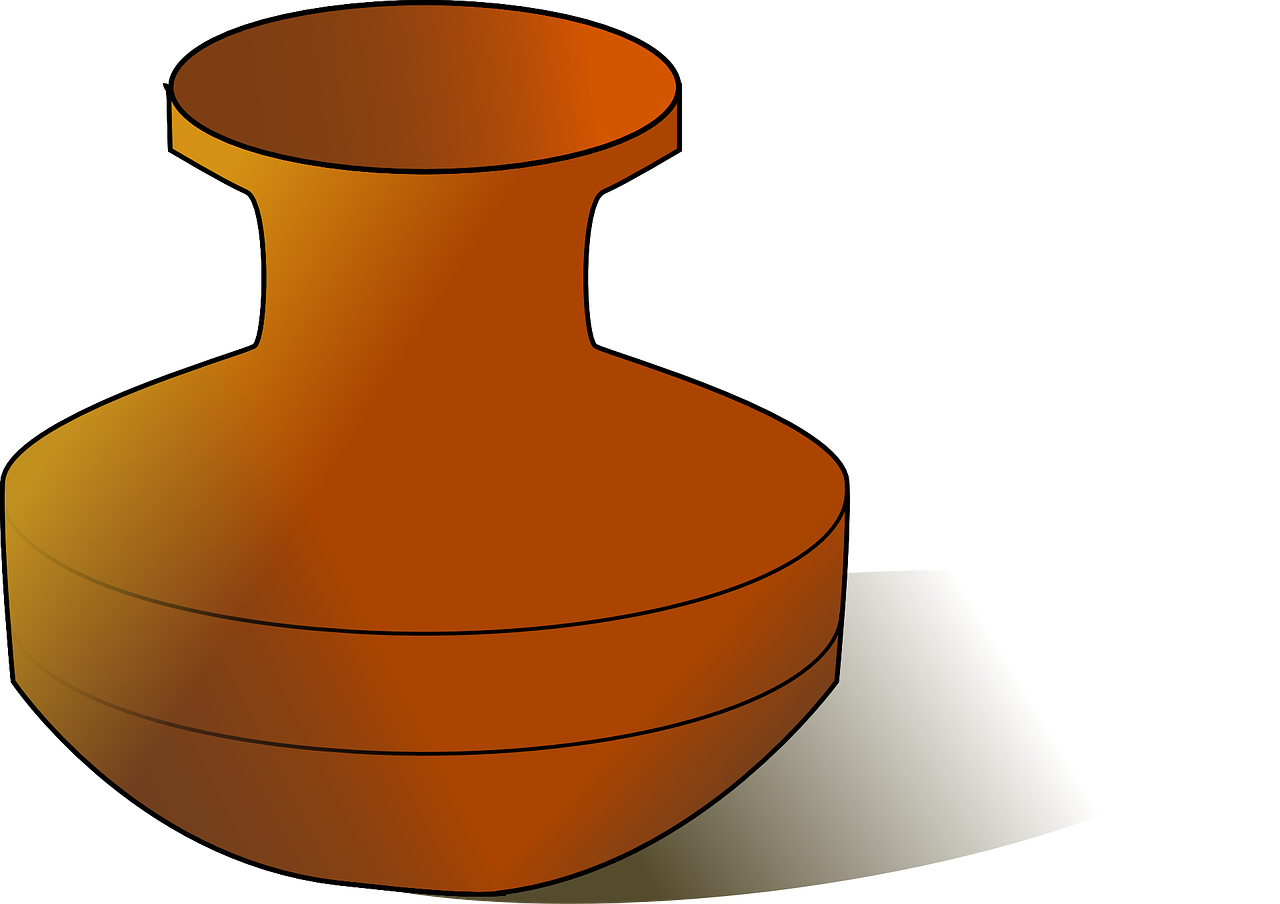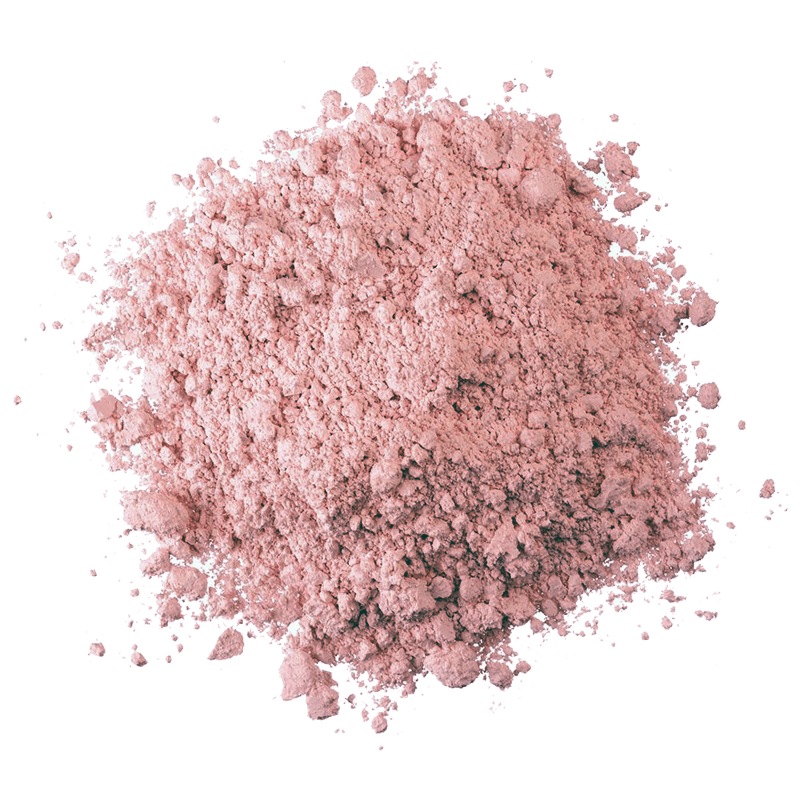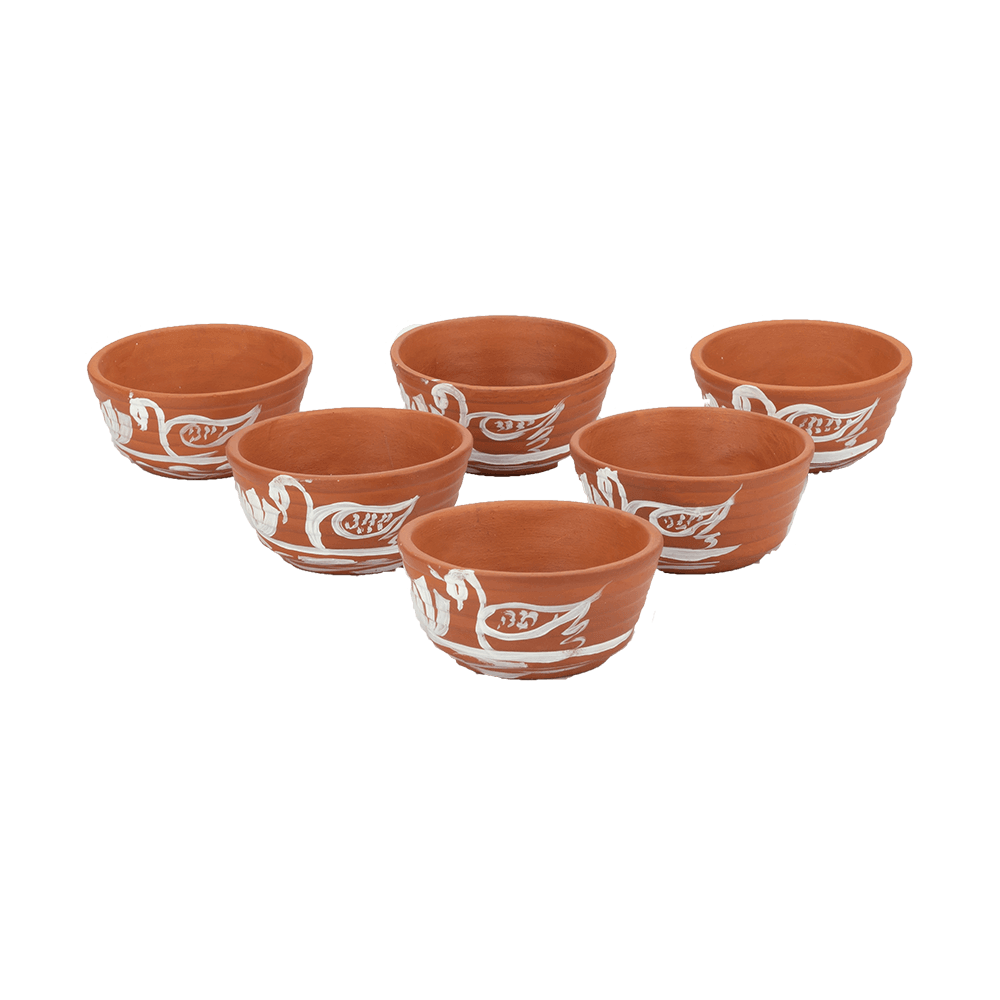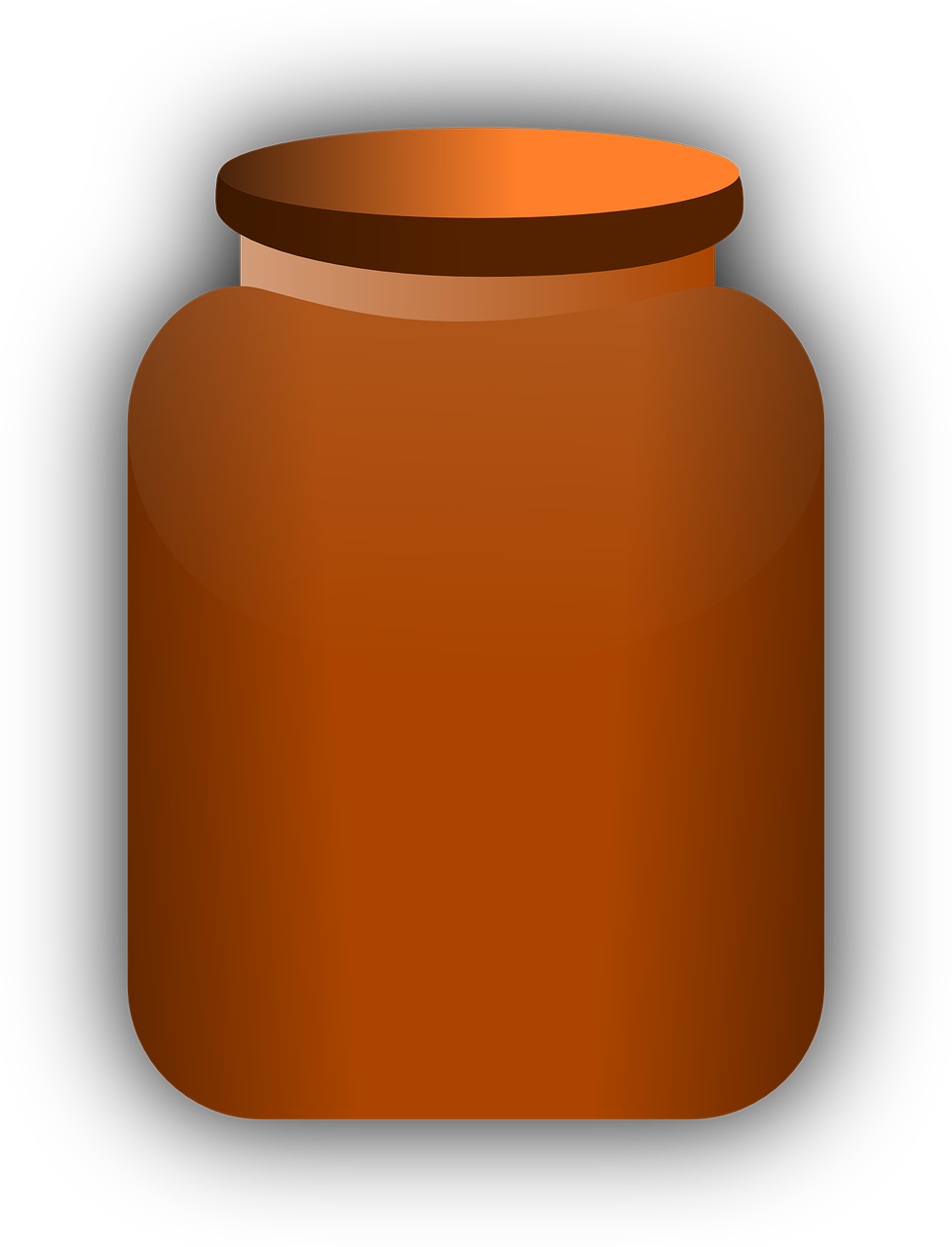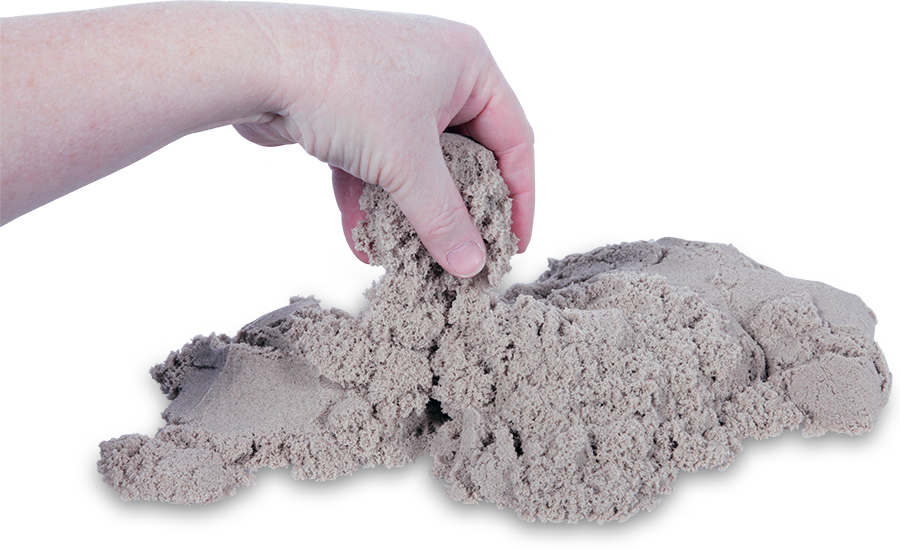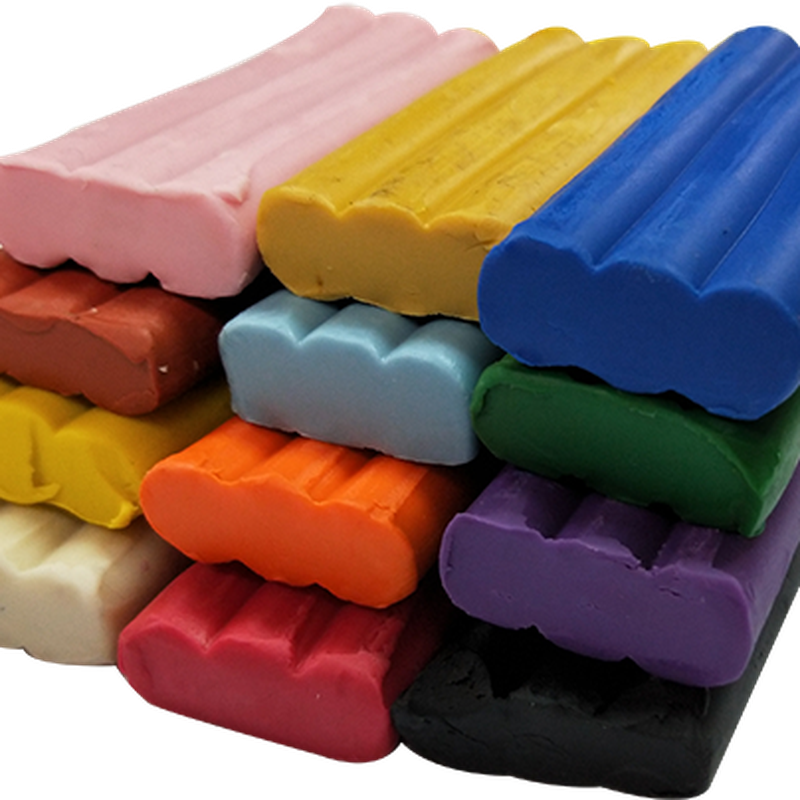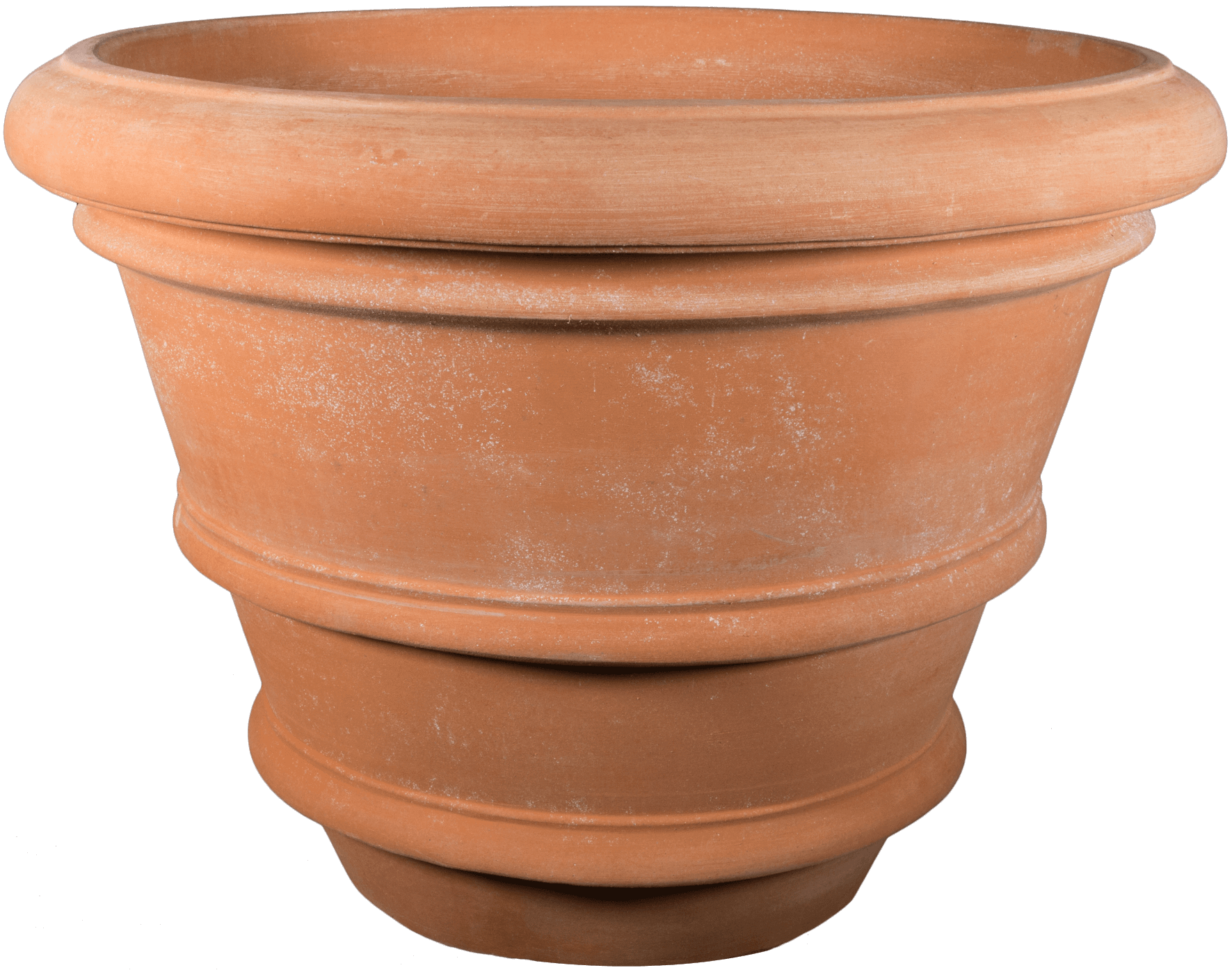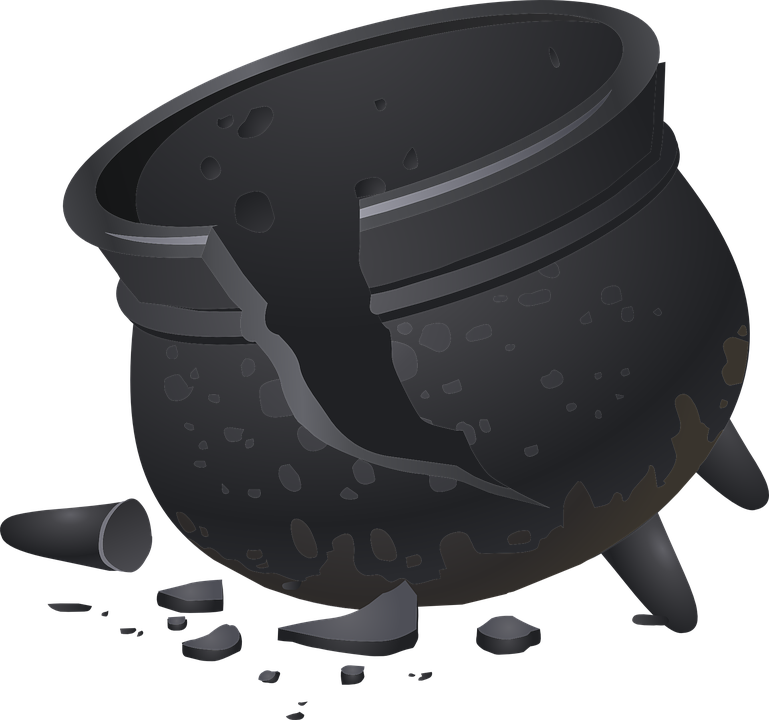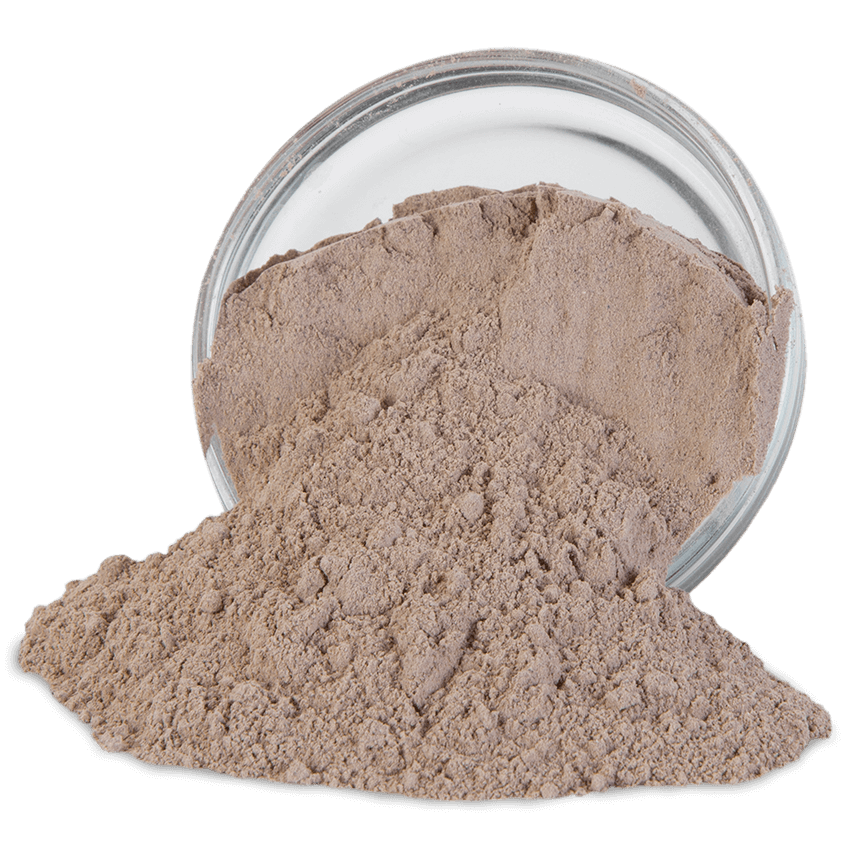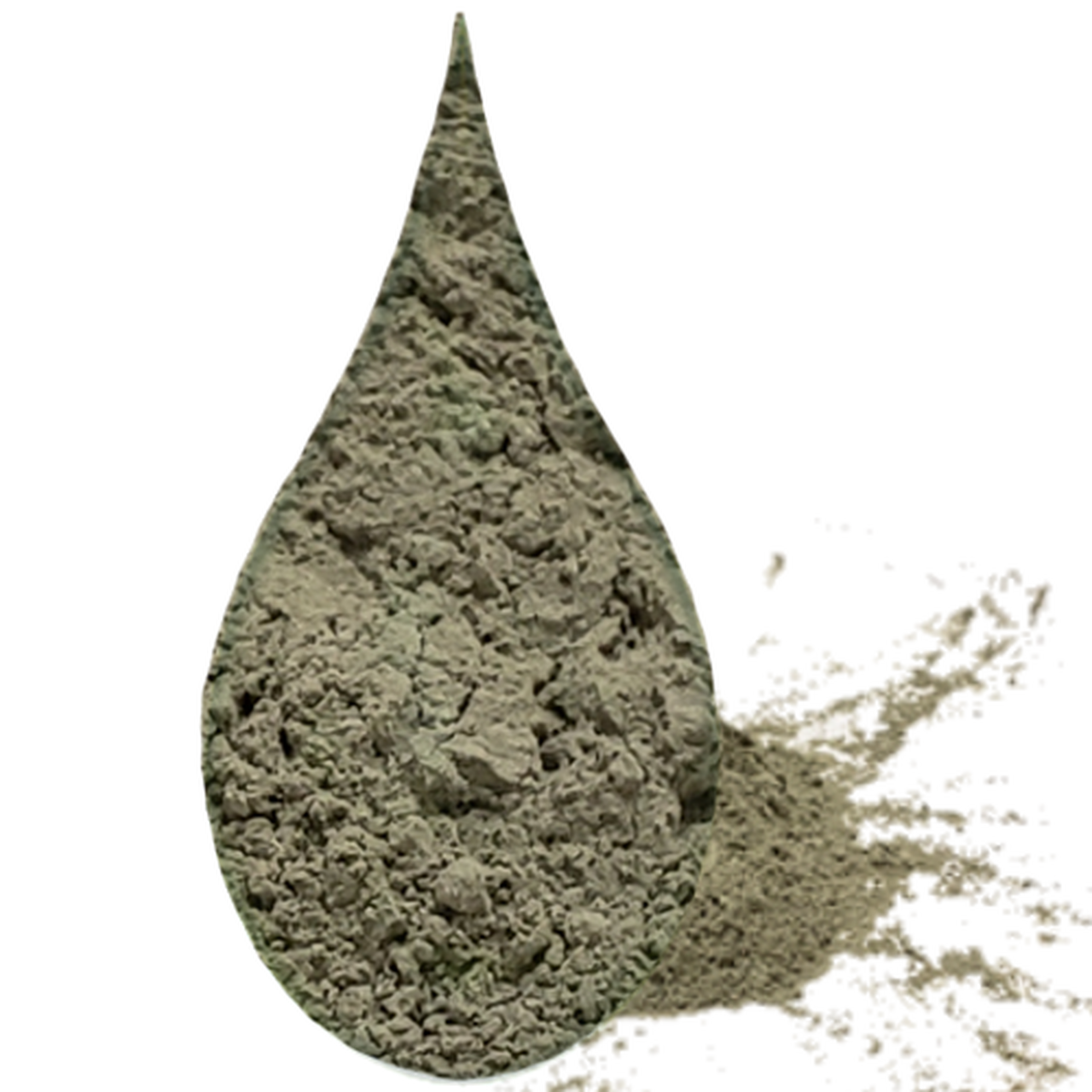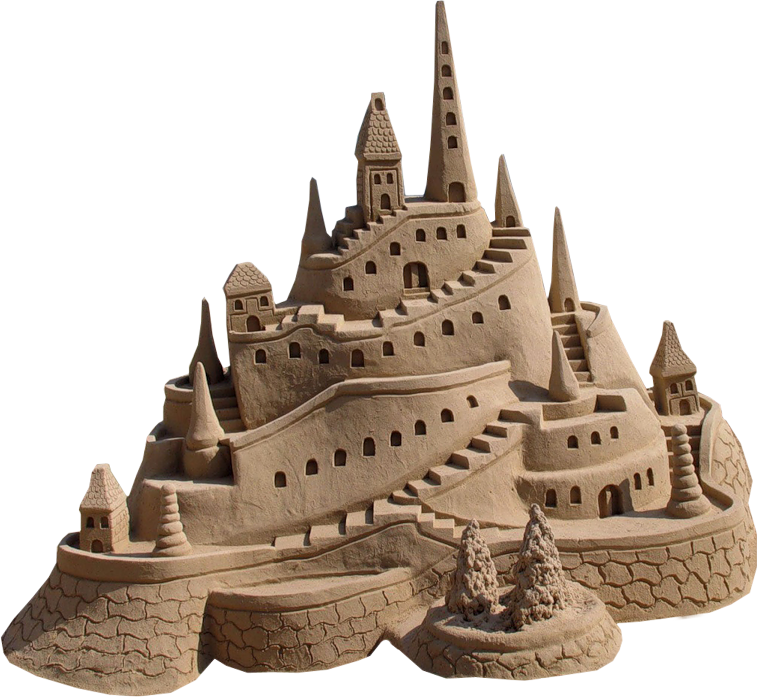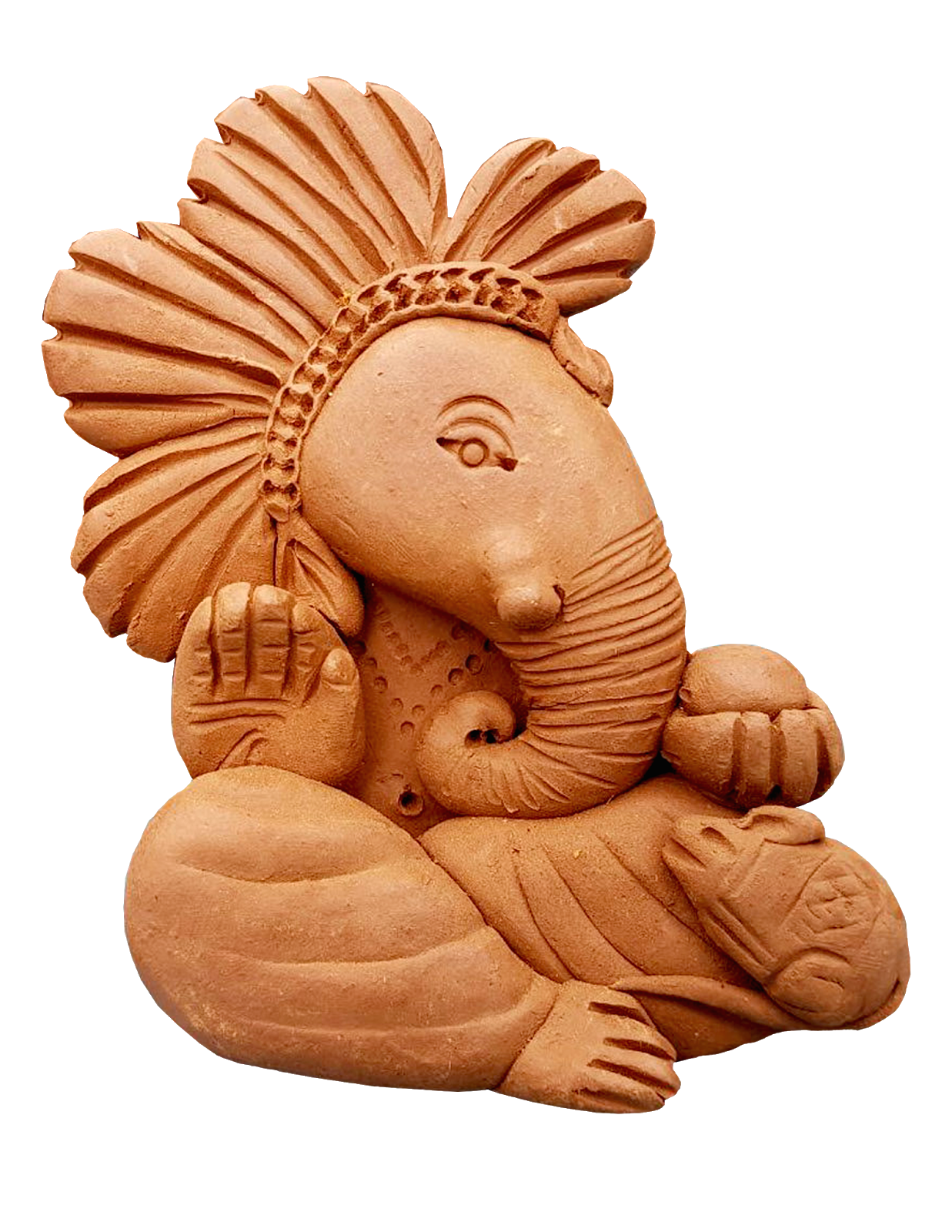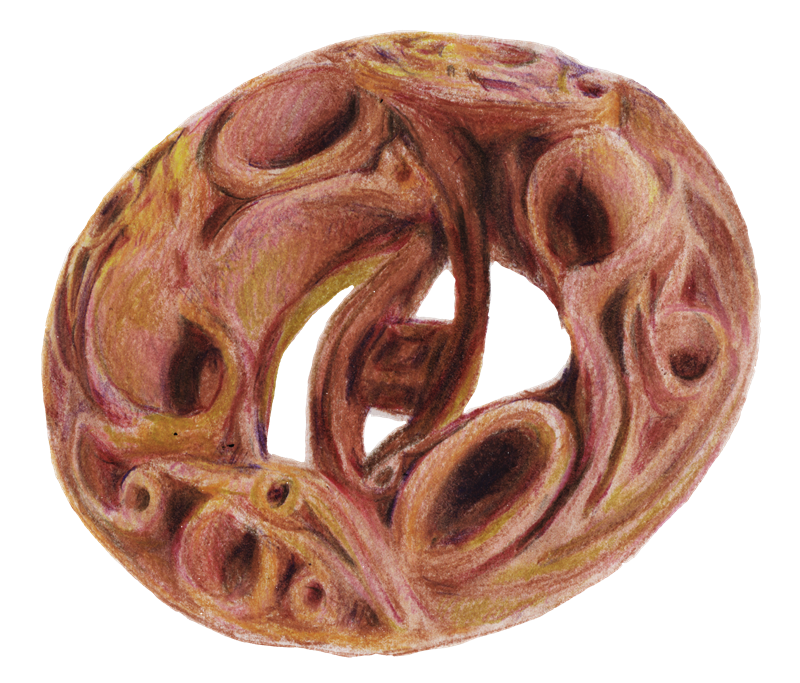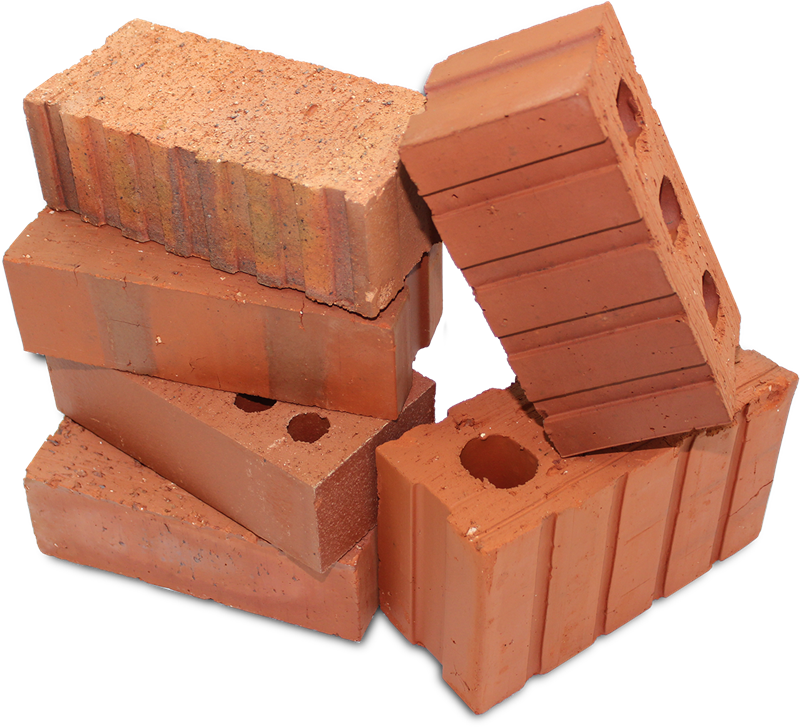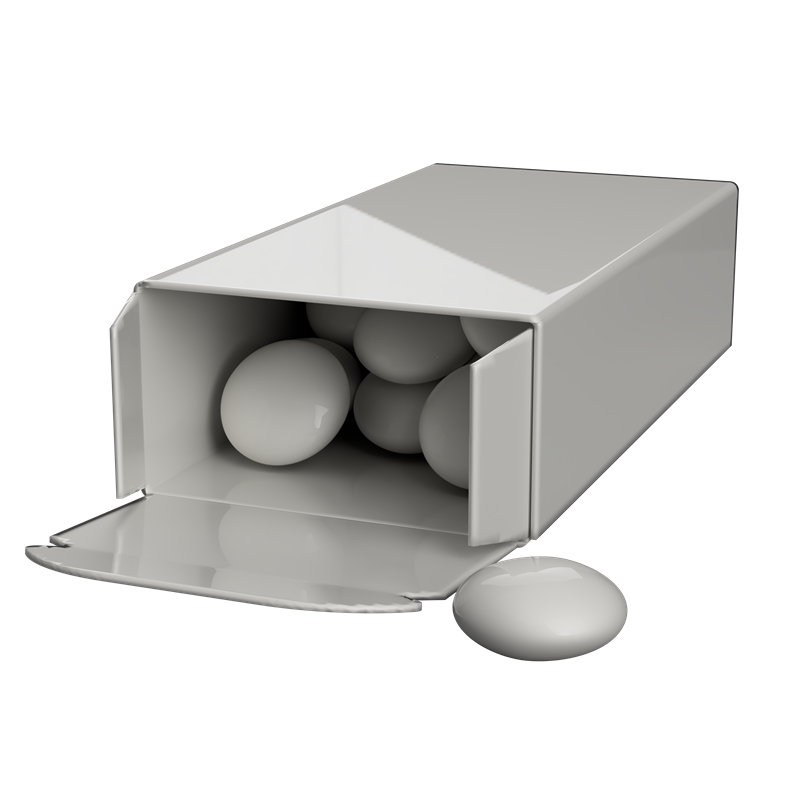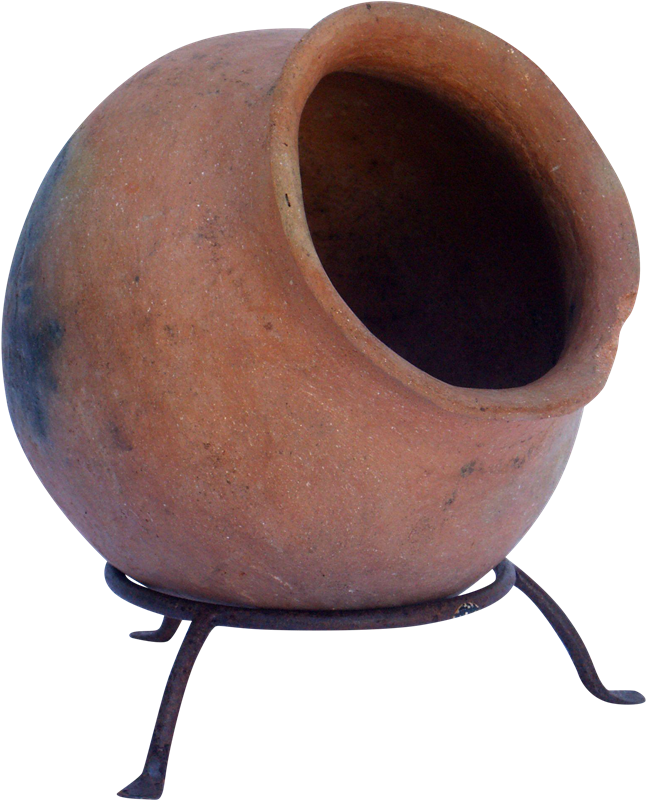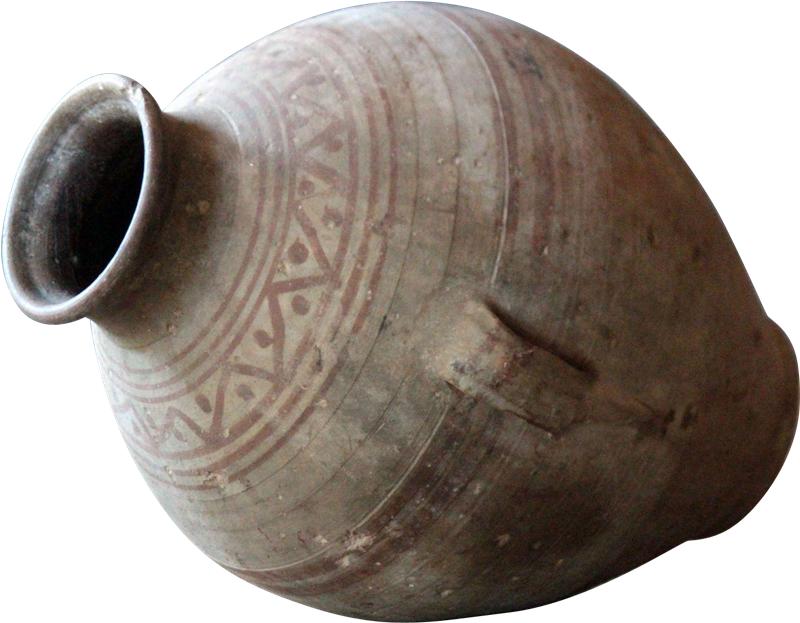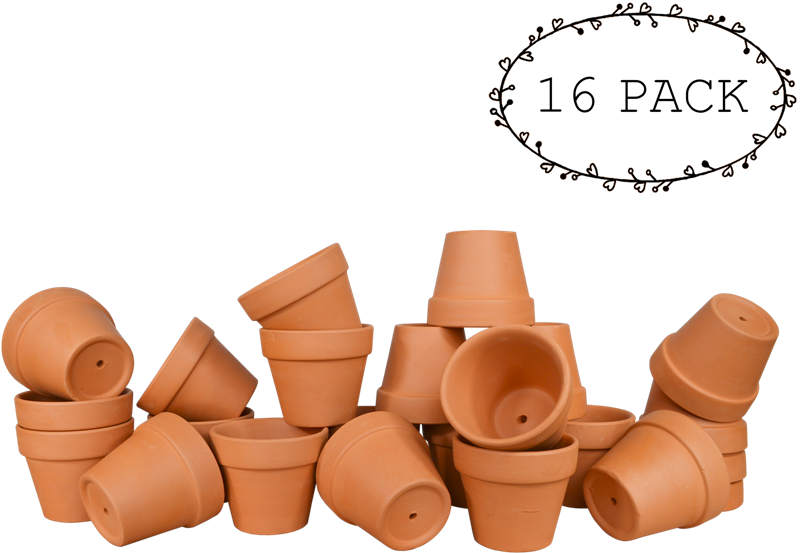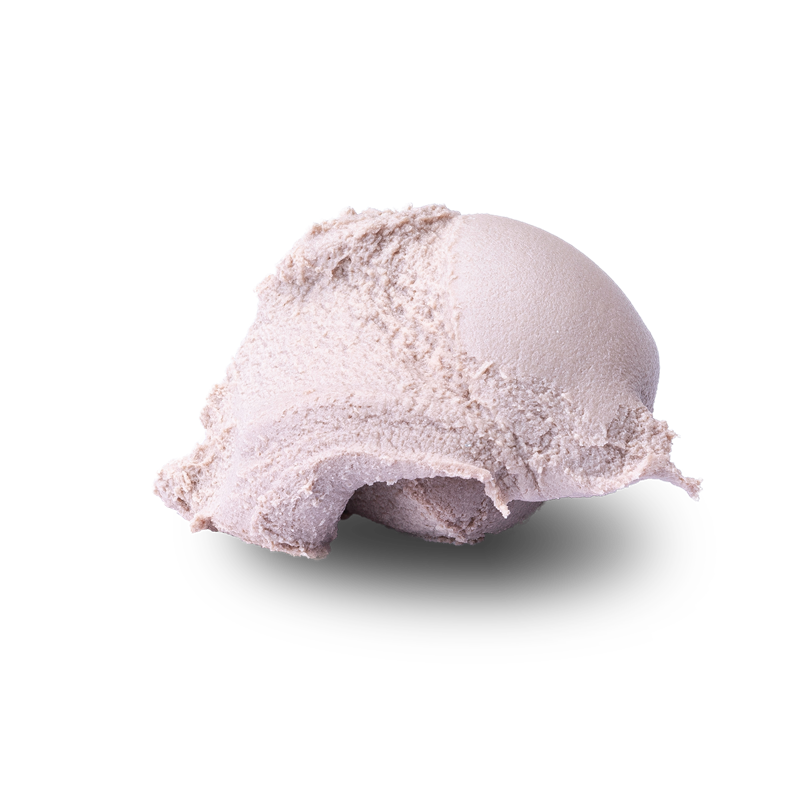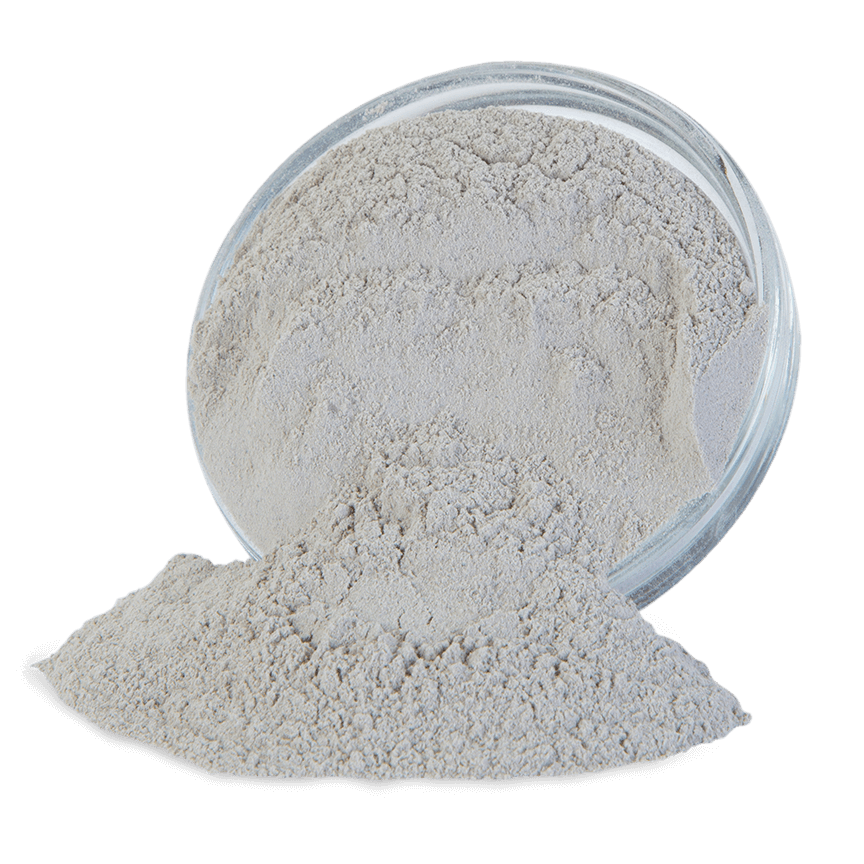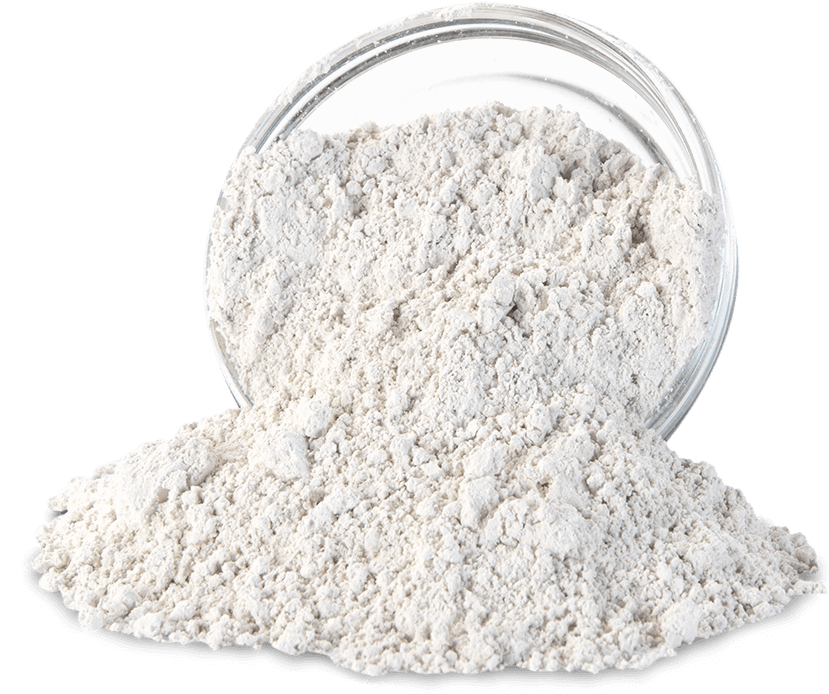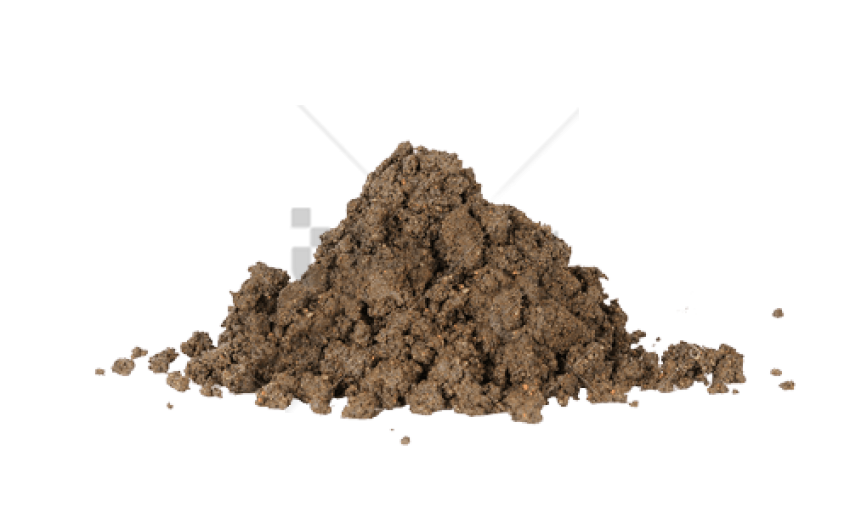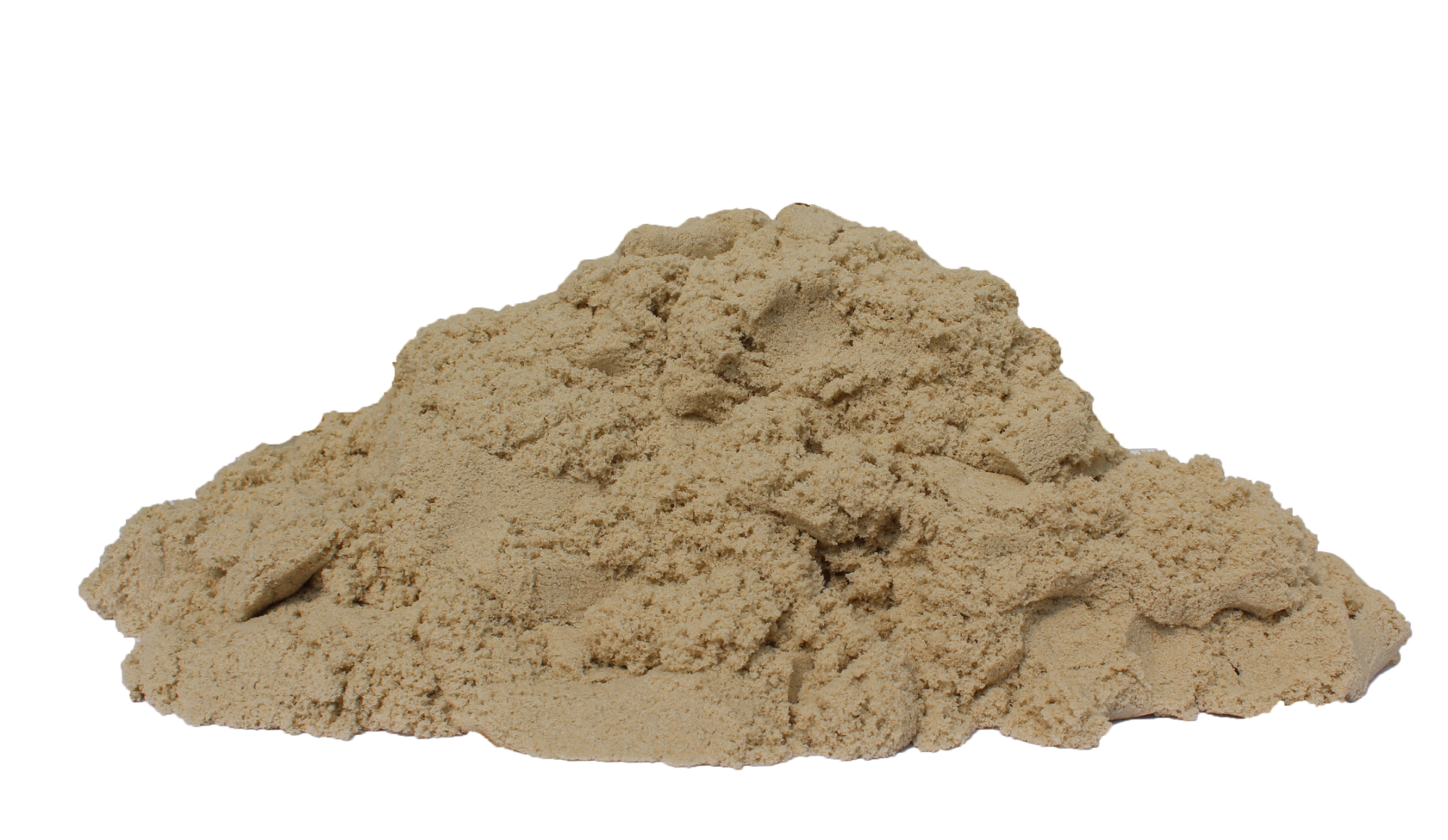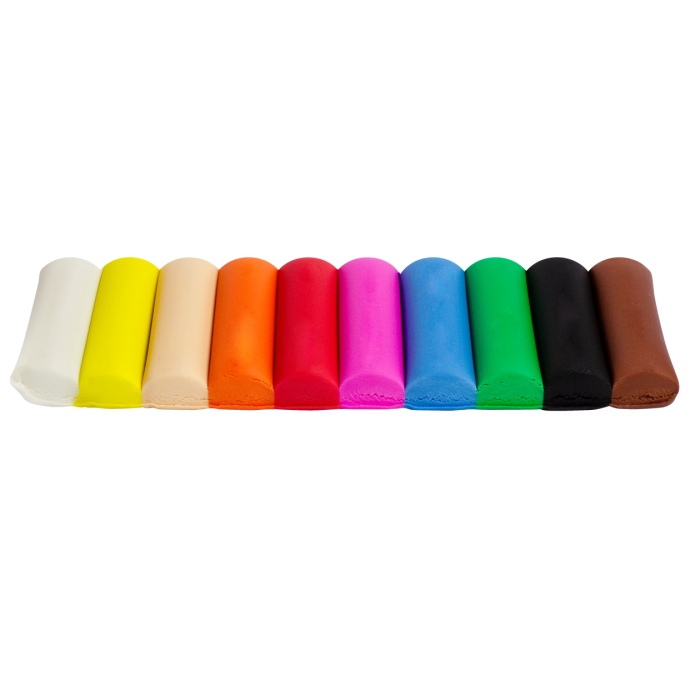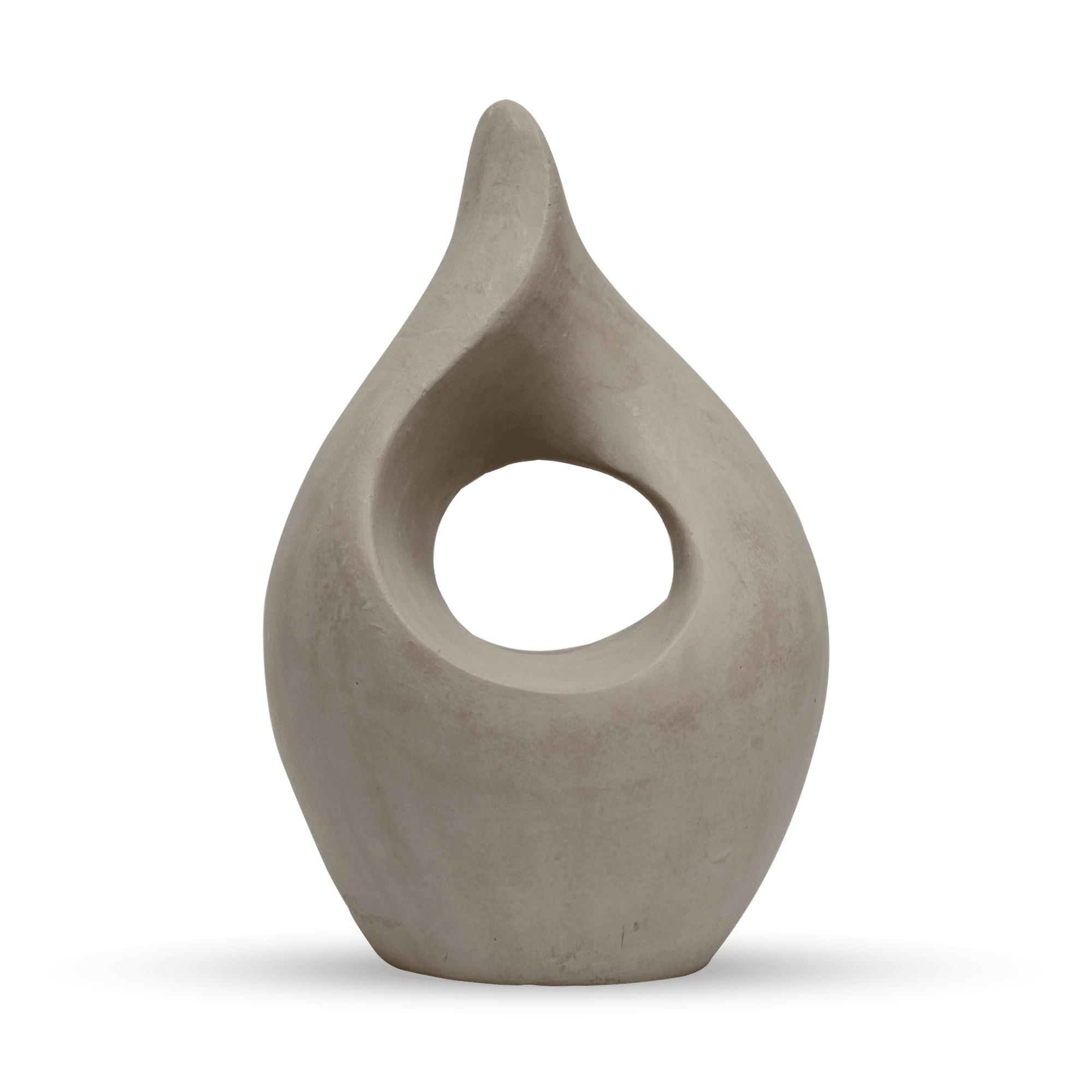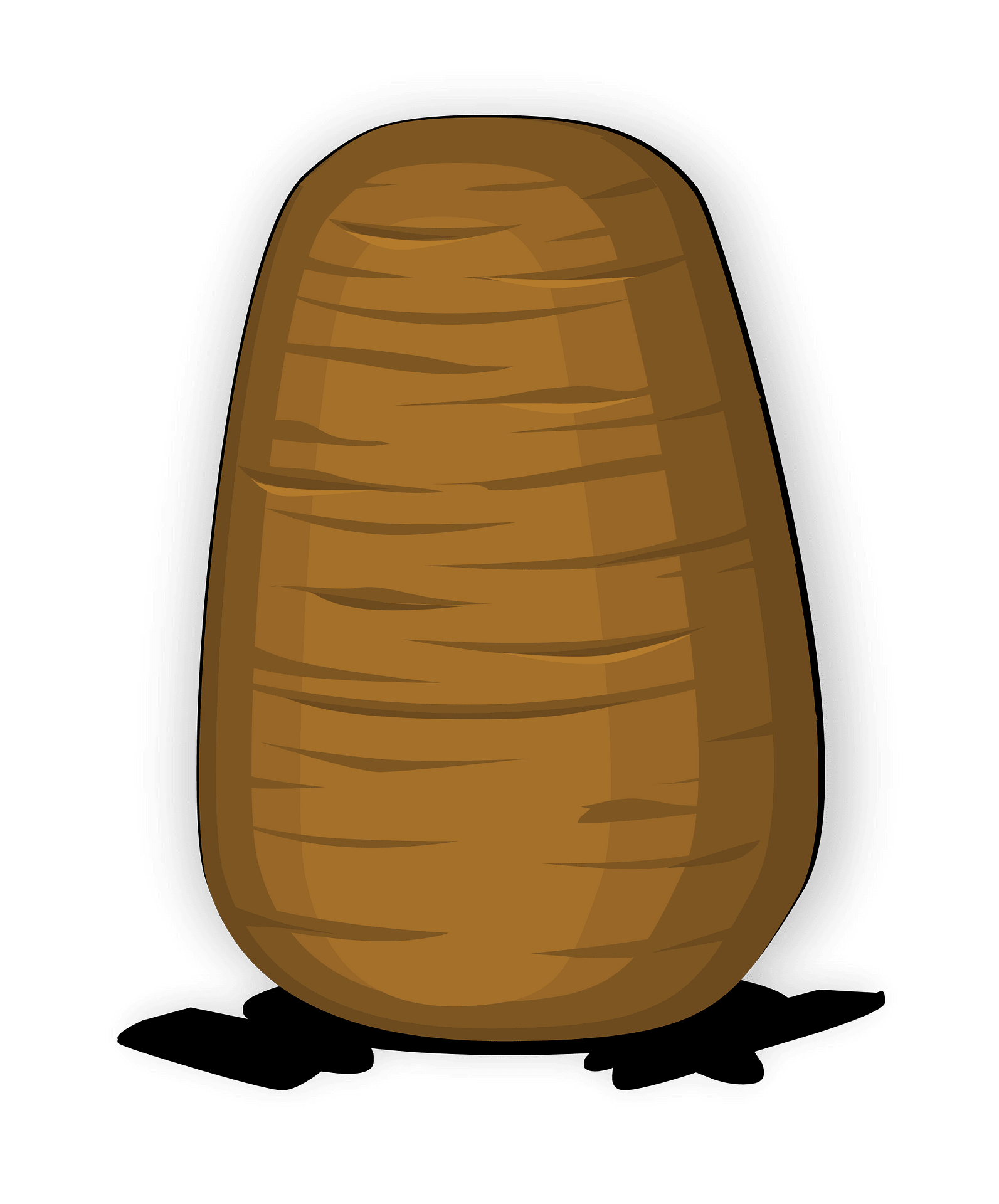Download top and best high-quality free Clay PNG Transparent Images backgrounds available in various sizes. To view the full PNG size resolution click on any of the below image thumbnail.
License Info: Creative Commons 4.0 BY-NC
Clay is a fine-grained natural soil material that is rich in clay minerals. When wet, clays become flexible due to a molecular layer of water around the clay particles, but when dry or fired, they become hard, brittle, and non–plastic. The majority of pure clay minerals are white or light-colored, however impurities can give natural clays a range of colors, such as a reddish or brownish color from tiny quantities of iron oxide.
Clay is the earliest ceramic substance that has been discovered. Clay’s characteristics were discovered by prehistoric people, who utilized it to make pottery. Clay tablets were the oldest known writing medium, and some of the earliest pottery fragments have been dated to approximately 14,000 BC. Clay is utilized in a variety of modern industrial processes, including paper manufacture, cement manufacturing, and chemical filtration. Between half and two-thirds of the world’s population still lives or works in structures that use clay as a load-bearing framework, which is typically baked into brick.
Clay is a widely used material. The most common sedimentary rock is shale, which is primarily composed of clay. Clays are differentiated from other fine-grained soils by variations in size and mineralogy, despite the fact that many naturally occurring deposits contain both silts and clay. Silts have greater particle sizes than clays because they are fine-grained soils that do not include clay minerals.
Loam is a sand, silt, and clay mixture with less than 40% clay content. Soils containing a lot of swelling clays, which are clay minerals that expand a lot when they absorb water, are a big problem in civil engineering.
Clay’s fluidity while wet and capacity to harden when dried or fired are its distinguishing mechanical properties. Clays are extremely plastic throughout a wide range of water content, from a minimum water content (referred to as the plasticity limit) where the clay is just moist enough to mould to a maximum water content (referred to as the liquid limit) where the moulded clay is just dry enough to maintain its shape.
The plastic limit of kaolinite clay is around 36 percent to 40 percent, while the liquid limit is around 58 percent to 72 percent. The amount of mechanical labor required to roll a piece of clay flat demonstrates the toughness of high-quality clay. It has a high degree of internal cohesiveness, which explains its hardness.
Clay has a high clay mineral content, which gives it its plasticity. Clay minerals are hydrous aluminium phyllosilicate minerals made up of aluminium and silicon ions linked together by oxygen and hydroxyl ions form small, thin plates. These plates are strong but flexible, and they stick together in wet clay. The particles that emerge provide the cohesiveness that makes clay plastic. The connection between the plates in kaolinite clay is provided by a layer of water molecules that hydrogen bonds them together. The bindings are weak enough to enable the plates to slip past each other while the clay is shaped, but strong enough to keep the plates in place and allow the moulded clay to retain its shape once it has been sculpted.
Most of the water molecules are gone as the clay dries, and the plates hydrogen bind directly to each other, making the dried clay stiff but yet brittle. If the clay is wet again, it will return to its original plastic state. A dehydration process occurs when the clay is burned to the earthenware stage, removing more water from the clay and enabling clay plates to permanently cling to one another via stronger covalent bonding, strengthening the substance.
When the clay mineral kaolin is wet again, it transforms into metakaolin, a non-clay substance that stays stiff and hard. The metakaolin is recrystallized into even stronger minerals like mullite as it is fired through the stoneware and porcelain phases.
Download Clay PNG images transparent gallery.
- Clay Transparent
Resolution: 678 × 460
Size: 184 KB
Image Format: .png
Download
- Clay PNG Clipart
Resolution: 2048 × 2048
Size: 1467 KB
Image Format: .png
Download
- Clay PNG Free Download
Resolution: 900 × 900
Size: 455 KB
Image Format: .png
Download
- Clay PNG Picture
Resolution: 960 × 555
Size: 262 KB
Image Format: .png
Download
- Clay PNG Free Image
Resolution: 720 × 500
Size: 186 KB
Image Format: .png
Download
- Clay PNG File
Resolution: 1200 × 1200
Size: 191 KB
Image Format: .png
Download
- Clay PNG HD Image
Resolution: 934 × 534
Size: 49 KB
Image Format: .png
Download
- Clay PNG Pic
Resolution: 1280 × 904
Size: 218 KB
Image Format: .png
Download
- Clay Soil PNG Clipart
Resolution: 800 × 800
Size: 285 KB
Image Format: .png
Download
- Clay PNG Download Image
Resolution: 1000 × 1000
Size: 98 KB
Image Format: .png
Download
- Clay PNG High Quality Image
Resolution: 977 × 1280
Size: 128 KB
Image Format: .png
Download
- Clay Soil PNG Free Download
Resolution: 900 × 550
Size: 609 KB
Image Format: .png
Download
- Clay PNG Images
Resolution: 800 × 800
Size: 669 KB
Image Format: .png
Download
- Clay PNG Image File
Resolution: 1771 × 1394
Size: 797 KB
Image Format: .png
Download
- Clay PNG Photo
Resolution: 769 × 720
Size: 202 KB
Image Format: .png
Download
- Clay Soil PNG Picture
Resolution: 864 × 864
Size: 560 KB
Image Format: .png
Download
- Clay Soil PNG Free Image
Resolution: 1280 × 1280
Size: 1136 KB
Image Format: .png
Download
- Clay Art PNG
Resolution: 758 × 697
Size: 626 KB
Image Format: .png
Download
- Clay Art PNG Image
Resolution: 1237 × 1600
Size: 1936 KB
Image Format: .png
Download
- Clay Art Transparent
Resolution: 800 × 683
Size: 1053 KB
Image Format: .png
Download
- Clay PNG File Download Free
Resolution: 800 × 727
Size: 1085 KB
Image Format: .png
Download
- Clay PNG Image HD
Resolution: 800 × 800
Size: 206 KB
Image Format: .png
Download
- Clay Pot PNG Image
Resolution: 646 × 800
Size: 908 KB
Image Format: .png
Download
- Clay Pot PNG
Resolution: 800 × 623
Size: 1015 KB
Image Format: .png
Download
- Clay Pot
Resolution: 800 × 553
Size: 451 KB
Image Format: .png
Download
- Clay Soil PNG File
Resolution: 800 × 800
Size: 393 KB
Image Format: .png
Download
- Clay Soil
Resolution: 864 × 864
Size: 569 KB
Image Format: .png
Download
- Clay Soil PNG
Resolution: 829 × 694
Size: 464 KB
Image Format: .png
Download
- Clay Art
Resolution: 1920 × 1821
Size: 622 KB
Image Format: .png
Download
- Clay Soil PNG Image
Resolution: 850 × 519
Size: 218 KB
Image Format: .png
Download
- Clay Soil Transparent
Resolution: 1680 × 975
Size: 1486 KB
Image Format: .png
Download
- Clay
Resolution: 700 × 700
Size: 144 KB
Image Format: .png
Download
- Clay PNG
Resolution: 2000 × 2000
Size: 525 KB
Image Format: .png
Download
- Clay PNG Image
Resolution: 1593 × 1920
Size: 106 KB
Image Format: .png
Download
